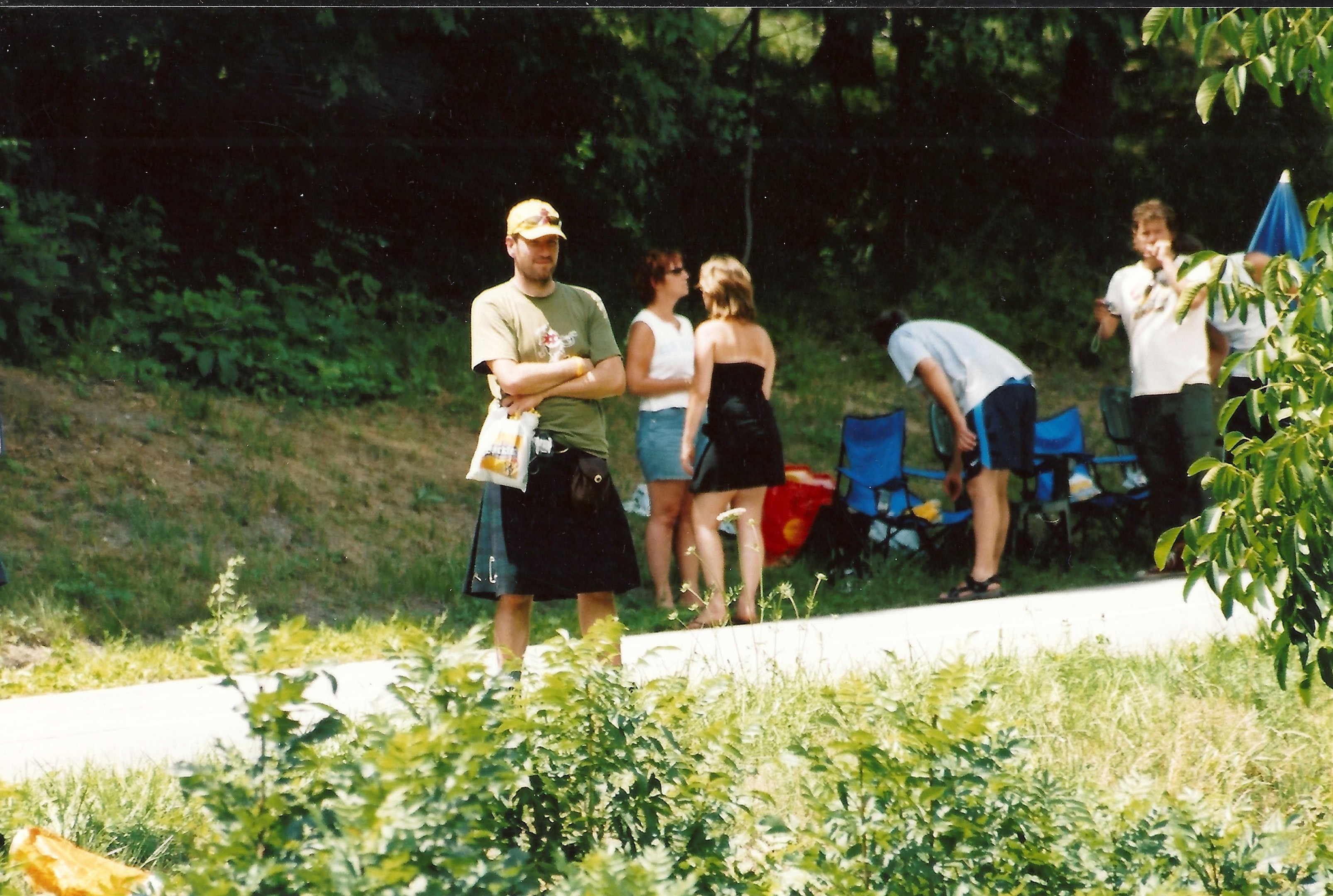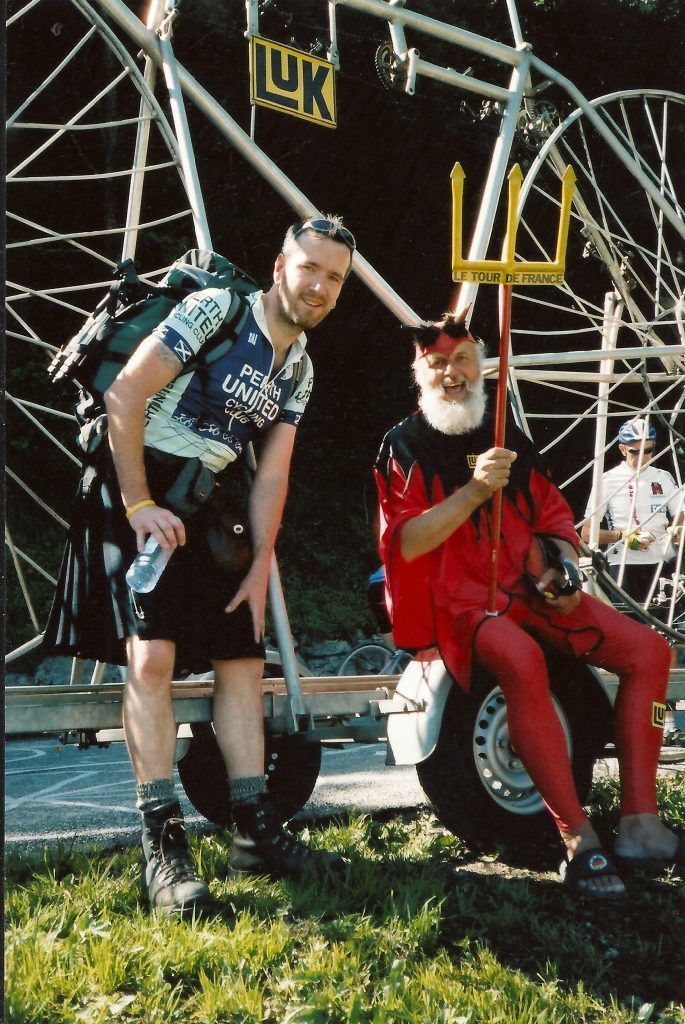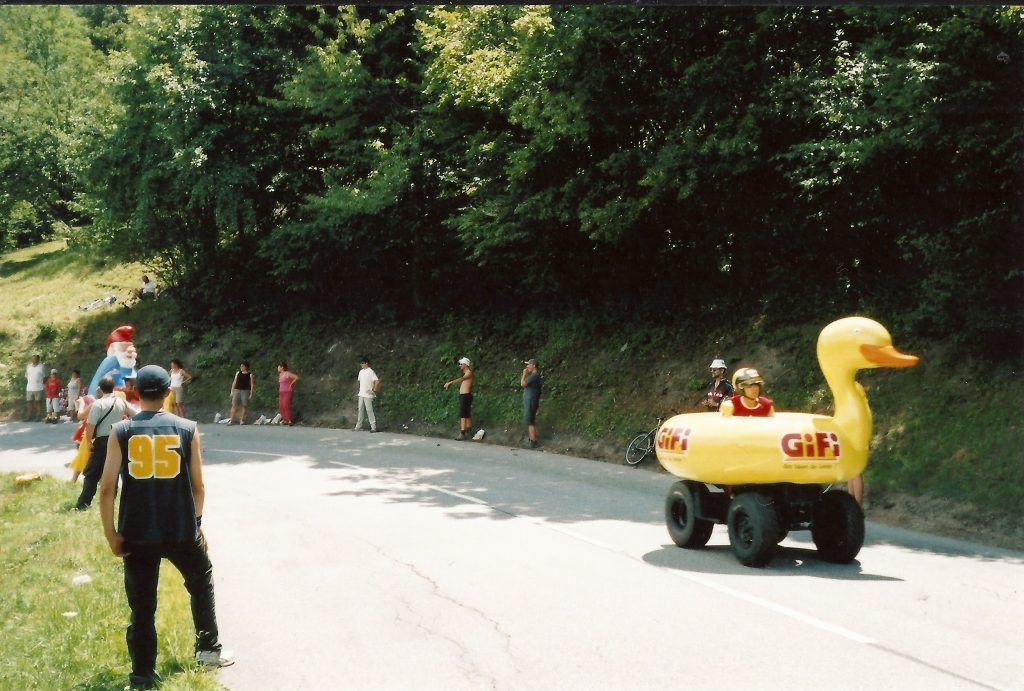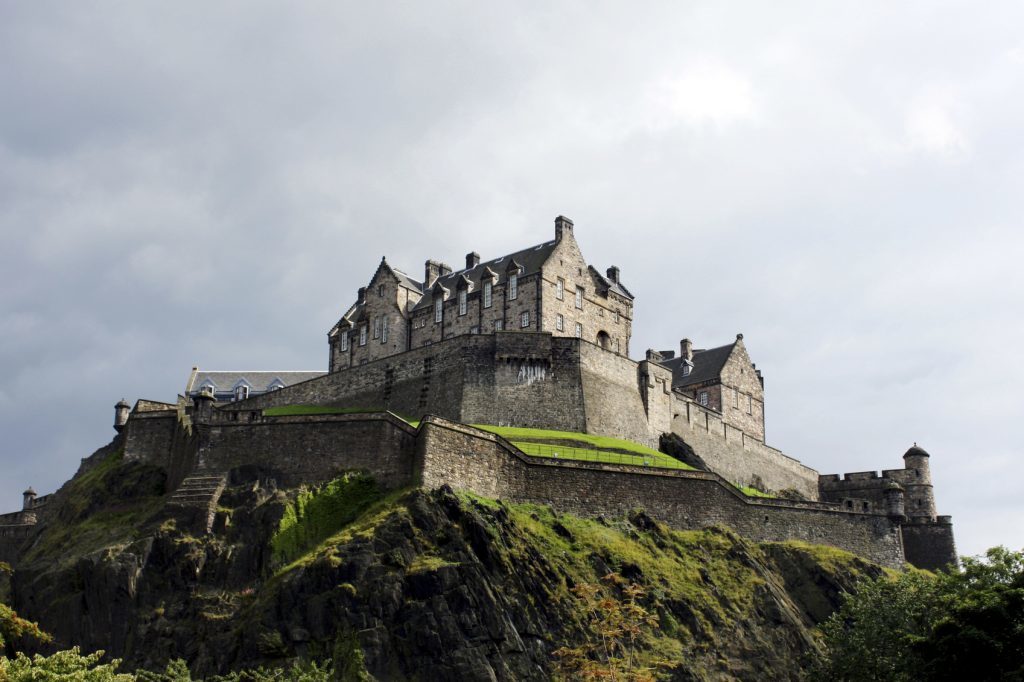It is that time of year again. The sporting carnival that is the Tour de France (TdF) rolls into Mont-Saint-Michel today to start off the three week epic race that will eventually see the winner pulling on the Maillot Jaune (Yellow Jersey) on the top step of the podium on the Champs d’Elysees in Paris.
The TdF, however, is now more than a race. It is a huge behemoth of an advertising board on a global scale. As with all sports, sponsorship is a major factor behind the success of events and athletes ensuring financial stability for the continuation of the sport.
The involvement of so much money in any sport is a tricky subject. It lays the sport open to corruption and cheating and makes it difficult for sports governing bodies to regulate the rules.
On one hand they need to officiate and uphold the integrity of the sport; on the other they need to promote the sport and make it attractive to current and potential sponsorship investors amid a backdrop of potential cheats and profiteering.
However big the behemoth that is the TdF has become, for the roadside fans it still retains a very eccentric and quintessentially French flavour.
Preceding the race all the sponsors participate in a “publicity caravan” that is perhaps one of the most bizarre but fun spectacles in any sporting event. It involves hundreds of sponsored vehicles decked out like floats in a carnival travelling an hour ahead of the race, throwing out free gifts to the fans, spraying them with water and playing music very, very loudly.
According to Amaury Sport Organisation, the TDF organisers up to 47% of spectators come to see the publicity caravan first and foremost. To any brand that is a marketing dream come true and a testament to the foresight of the founder of the TdF, Henri Desgrange, who introduced the first caravan to the race in 1930.
At that time he had a vision of cycling as a pure sport “mano a mano” and the fact that bicycle manufacturers were trying to gain sporting advantages by promoting their kit irritated him. It gave riders unfair advantages and he was concerned at the grip the manufacturers were beginning to have on “his” race.
He decided that riders would race as national teams and ride on the same bicycle equipped by the event organisers. To fund this he called upon France’s major brands to take part in the publicity caravan, each paying for the privilege.
The result gave rise to a unique spectacle that secured the financial success of the TdF for years to come.
Now, as the riders battle in the race, spectators battle to get the biggest haul of free gifts thrown from the vehicles shaped, amongst the many, like ducks, butchers shops with brass bands playing in them and giant Coca-Cola cans.
One year whilst spectating at the TdF I stood at the roadside on the Col du Telegraph and witnessed a family of Germans plan their assault in the shade of the awning of their over-sized camper van.
Once deployed, the family of six took up strategic positions on the hairpin bend and fought tooth and nail as the 45 minute procession went by. They retired to their awning; arms filled with a plethora of useless tat; to count their spoils of war and in doing so seemed entirely uninterested when the actual race came past.
I suspect that Henri Desgrange may be turning in his grave at such a spectacle now, but his legacy has created a unique event that captures the imagination of spectators and sponsors alike.
| Where to ride: | Coast and Castles Route – Newcastle to Edinburgh |
| Suitable for: | Long Distance Road Route |
| Distance: | |
| Start: | Newcastle/ Edinburgh depending on direction taken.
For full details and route info visit: Coast-and-Castles.co.uk |
| Description: | The Coast and Castles route is a 200 mile section of the North Sea Cycle Route, which continues on to the Shetlands, Norway and the Low Countries.
This route follows the coast for 100 miles through Northumbrian fishing villages, before heading inland over the Scottish Borders. There is also an alternative route that continues north along the coast. Along the way there are numerous historical places to stop and enjoy the scenery and hospitality. |













